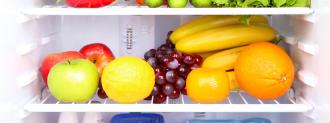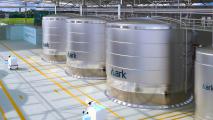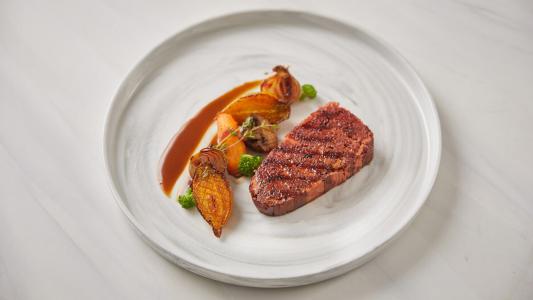With the pandemic pushing food insecurity rates to record heights, groups in major U.S. cities are setting up “community fridges” to help ensure their neighbors don’t go hungry.
These refrigerators — often sourced for free on Craigslist — can be found on sidewalks outside of delis and coffee shops in New York and Los Angeles. They’re plugged into outlets made available by the shops’ owners and covered in bright, welcoming designs, often painted by local artists.
But more important is what’s in these community fridges: food that’s bought or donated by those with the means to do so and made available to anyone who needs it — no questions asked.
Fighting Food Insecurity
Proponents of community fridges say they’re a better approach to battling food insecurity than food pantries and government-run assistance programs.
For one, the food in the fridges is available to locals 24/7. Food pantries typically have set hours that might make visiting them difficult for some people due to work schedules or transportation issues.
This is not charity; this is empowerment.
Pam Tietze
Community fridges are also anonymous. To obtain food through other means, people often have to provide their name, income, number of people they live with, and other personal information. And for some, that’s simply not an option.
“A lot of people don’t seek out aid because of their (immigration) status,” Marina Vergara, a organizer with L.A. Community Fridges, told the Los Angeles Times. “There’s no doubt in my mind.”
For others facing food insecurity, the fact that community fridges are a form of mutual aid — help given to a community, by the community — simply makes them more appealing than other options.
“This is not charity; this is empowerment,” Pam Tietze, who established a community fridge in Brooklyn, told The Cut. “There isn’t a group you have to thank. It’s something the community can own.”
The Rise of Community Fridges
While the number of community fridges in the U.S. is increasing in response to the pandemic, they’ve been helping people battle food insecurity in Europe since 2012.
Occasionally, the people behind fridges both here and abroad have had to do battle with health authorities. In 2014, for example, UC Davis student Ernst Bertone Oehninger’s community fridge was impounded by the county for violating food distribution laws.
Bertone Oehninger took what he learned from that clash to establish resources that help others avoid similar problems, which he now shares through Freedge.org, the volunteer community fridge network he founded.
Now, it appears most of the community fridges in the U.S. are operating largely without opposition. Neighbors take turns checking on them daily, clearing out food when needed, and donations come in regularly from local restaurants, supermarkets, farms, and even community gardens.
“This is a really special moment because of coronavirus and because of this moment of upheaval and revolution,” Julia Lebow, another L.A. Community Fridges organizer, told the L.A. Times. “I think a lot of people are really looking for a way to be involved and better their communities in particular.”
We’d love to hear from you! If you have a comment about this article or if you have a tip for a future Freethink story, please email us at [email protected].






